

Analysing Argument is a topic that often polarises students. Many find themselves initially overwhelmed by the task at hand and the information overload. I often describe Analysing Argument as a ‘vortex’. There’s an endless depth to exploring the layers of an argument: the perspectives, claims, positions, tones, and techniques at play. The more you delve into it, the more you uncover. As I always tell my students we, ANALYSE NOT SUMMARISE.
So how where do we start? How do we approach this? What are the building blocks?
Building Blocks
Remember: Analysing argument is not just about identifying techniques; it’s about understanding how these techniques work together to persuade an audience. It is not enough to just identify arguments and techniques- you must analyse. All the best!
new study design unit 4 vce analysing argument
Enjoyed this post and want more like it? Check out our other ones here.
Follow us on socials for daily advice and tips. Youtube. Instagram. Tik Tok.
new study design analysing argument vce unit 4 new study design analy
© In Class With Mariam 2024. All rights reserved. This content is the original work of the author and may not be reproduced, distributed, or transmitted in any form without the prior written permission of the author.
Share:
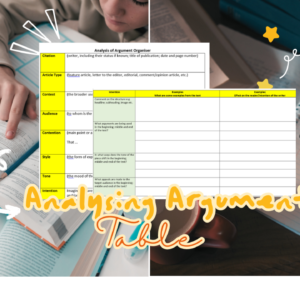
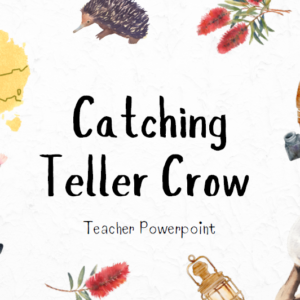
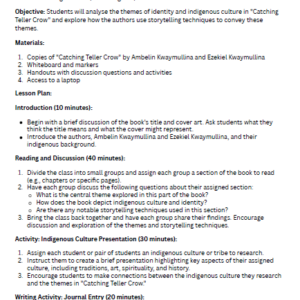

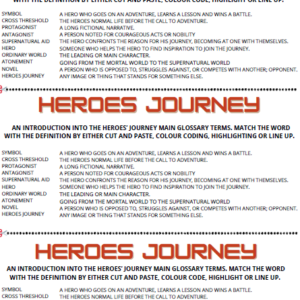
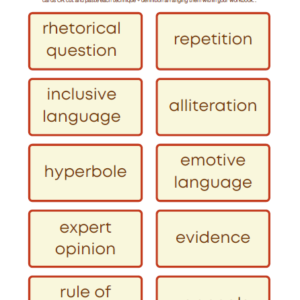
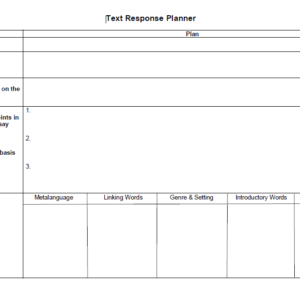
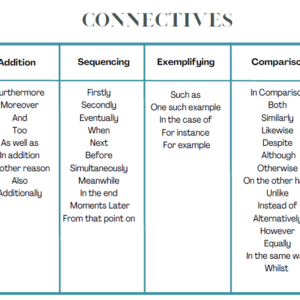
Power-up your learning with free essay topics, downloadable word banks, and updates on the latest VCE strategies.
